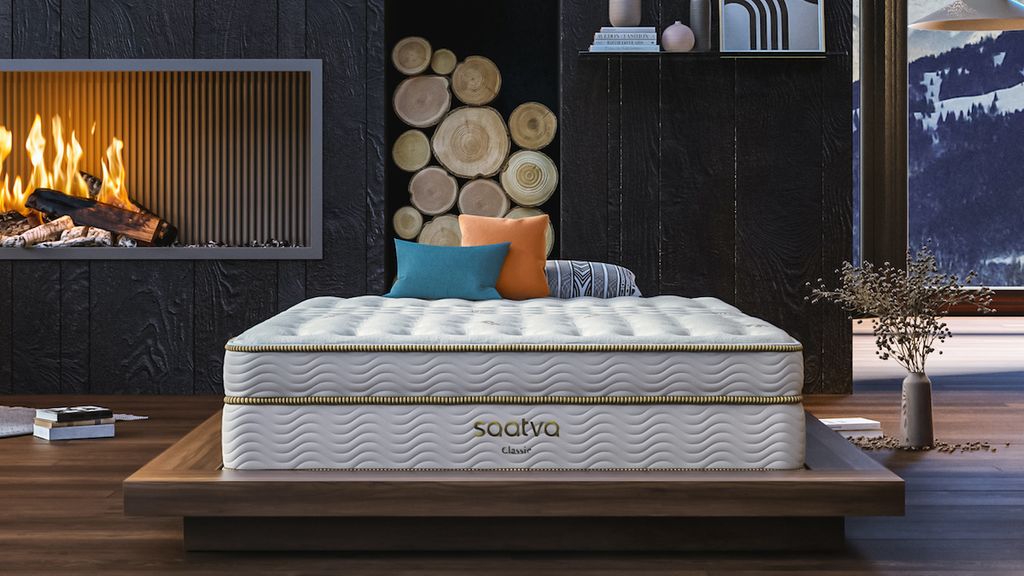When it comes to designing a functional and efficient kitchen, the layout is key. The layout of your kitchen will determine the flow and organization of your space, making it essential to carefully consider when designing your dream kitchen. There are several popular kitchen layouts to choose from, including the L-shaped, U-shaped, and galley kitchen. Each layout has its own benefits and limitations, so it's important to choose one that best suits your needs and the size and shape of your kitchen.1. Kitchen Layout
No kitchen is complete without proper storage solutions. From cabinets and drawers to pantry organizers and shelving, incorporating ample storage into your kitchen design is crucial for keeping your space clutter-free and organized. Consider utilizing vertical space with tall cabinets and investing in pull-out shelves and drawer organizers for easy access to your kitchen essentials. Don't forget about utilizing the space above your cabinets and adding a kitchen island for even more storage options.2. Storage Solutions
The work triangle refers to the three main areas of the kitchen: the sink, stove, and refrigerator. These three areas should form a triangle shape for optimal functionality and efficiency in your kitchen. When designing your kitchen, it's important to consider the placement of these elements and ensure they are not too far apart, making it challenging to navigate and prepare meals. By keeping the work triangle in mind, you can create a kitchen that is both functional and easy to work in.3. Work Triangle
Proper lighting is essential for any kitchen design. Not only does it serve a functional purpose, but it also adds to the overall ambiance and style of the space. When designing your kitchen, consider incorporating a mix of ambient, task, and accent lighting to create a well-lit and inviting space. Pendant lights above your kitchen island, under-cabinet lighting, and a statement chandelier can all add a touch of style and function to your kitchen.4. Lighting
The materials and finishes you choose for your kitchen can make a big impact on the overall look and feel of the space. From countertops and backsplash to flooring and cabinetry, there are endless options to choose from. Consider the style and aesthetic you want to achieve in your kitchen and select materials and finishes that complement it. Whether you prefer a sleek and modern look or a cozy and rustic feel, there are materials and finishes available to bring your vision to life.5. Materials and Finishes
Functionality should be at the forefront of your mind when designing your kitchen. Think about how you use your kitchen and what features and elements are most important to you. Do you love to entertain and need a large countertop for food prep? Or are you an avid cook and require multiple ovens and a spacious stovetop? By considering your needs and lifestyle, you can design a kitchen that is both beautiful and functional.6. Functionality
Designing a kitchen can be a costly venture, so it's important to establish a budget before beginning the design process. This will help guide your decisions and prevent overspending on unnecessary features. Prioritize the elements that are most important to you and allocate your budget accordingly. Remember, there are always ways to save money without sacrificing style, such as opting for laminate countertops instead of granite or choosing stock cabinets instead of custom.7. Budget
Ergonomics is the science of designing a space for maximum efficiency and comfort. When it comes to your kitchen, incorporating ergonomic design principles can make a big difference in your overall experience. Consider the placement of your appliances, cabinets, and work surfaces to ensure they are at the correct height and distance for your body. This will prevent strain and discomfort while using your kitchen and make it easier to cook and clean.8. Ergonomics
The placement of your appliances is an important consideration when designing your kitchen. Think about the flow and functionality of your space and how you use each appliance. For example, you may want to place your refrigerator and pantry in close proximity for easy access while cooking. Or, if you have a large kitchen, consider placing your sink and dishwasher in one area for efficient clean-up. By strategically placing your appliances, you can create a kitchen that is both functional and aesthetically pleasing.9. Appliance Placement
Last but not least, don't forget to infuse your personal style into your kitchen design. Your kitchen should be a reflection of your unique taste and personality. Whether you prefer a modern, minimalist look or a cozy, farmhouse feel, there are endless ways to incorporate your personal style into your kitchen. Consider adding pops of color with accessories, incorporating a statement piece like a bold backsplash, or including personal touches like open shelving to showcase your favorite dishes and decor.10. Personal Style
Creating an Efficient and Functional Layout

When it comes to designing a kitchen, the layout is a crucial aspect that can greatly impact the overall functionality of the space. Before diving into the aesthetics, it is important to consider the practicality of the layout. The key to an efficient kitchen design is to create a functional triangle between the sink, stove, and refrigerator. This means that these three elements should be placed in close proximity to each other, allowing for easy movement and access. Furthermore, strategically placing work surfaces and storage areas around this triangle can also significantly improve the workflow in the kitchen.
Maximizing Storage Space

Storage is a crucial aspect to consider in kitchen design. With the wide variety of kitchen utensils, appliances, and cookware, it is important to have ample storage space to keep everything organized and easily accessible. When designing your kitchen, consider incorporating pull-out shelves, deep drawers, and vertical storage solutions to make the most out of the available space.
Utilizing Natural Light

Lighting is another important element to consider when designing a kitchen. Natural light not only brightens up the space but also adds a sense of warmth and openness. When possible, maximize natural light by incorporating large windows or skylights in the kitchen. This will not only make the space more inviting but also reduce the need for artificial lighting during the day, saving energy and cost.
In conclusion, designing a kitchen requires careful consideration of both functionality and aesthetics. An efficient layout, ample storage space, and natural lighting are key elements that can greatly improve the functionality and overall appeal of your kitchen. By keeping these tips in mind, you can create a kitchen that is not only visually appealing but also practical and functional.

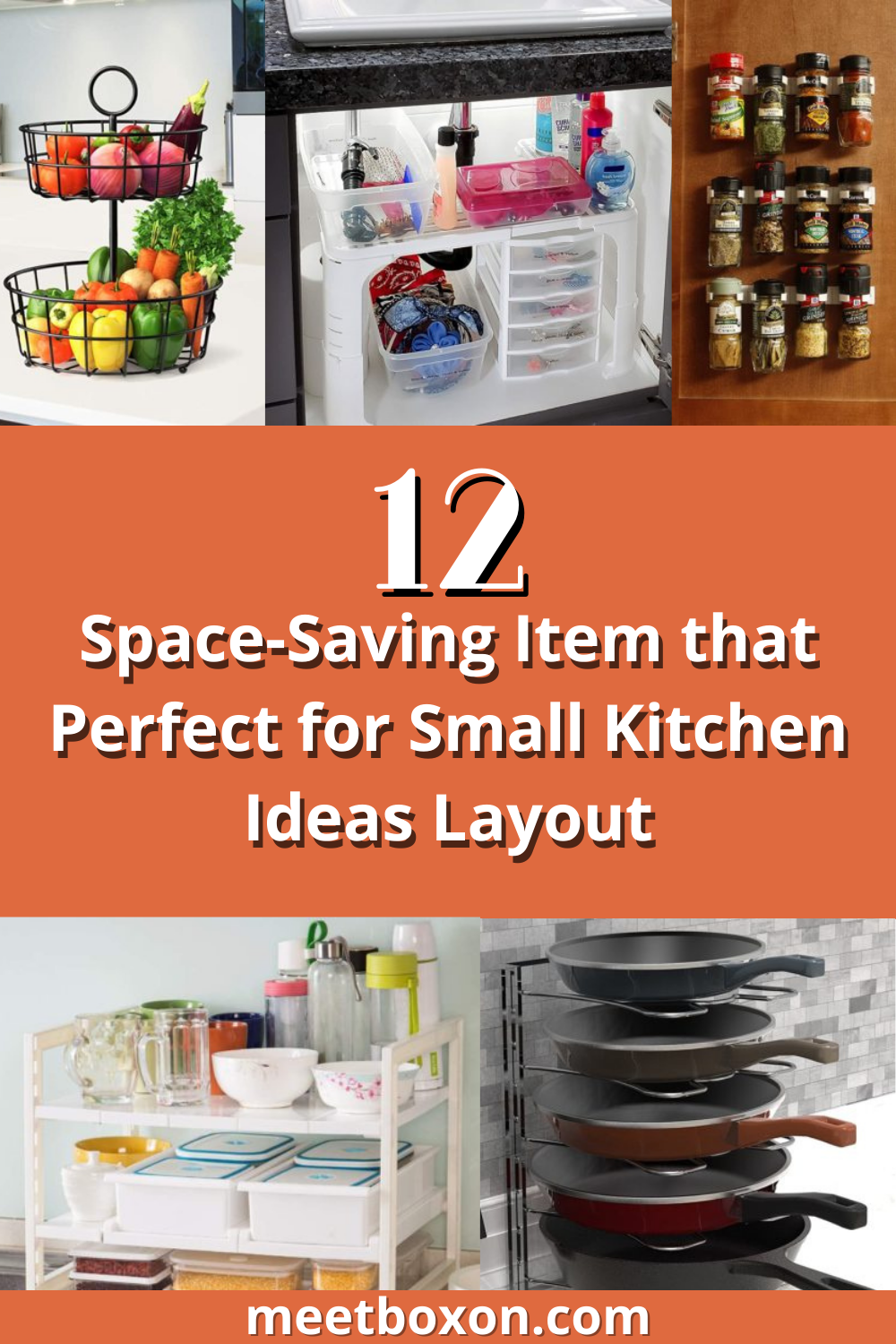


/One-Wall-Kitchen-Layout-126159482-58a47cae3df78c4758772bbc.jpg)



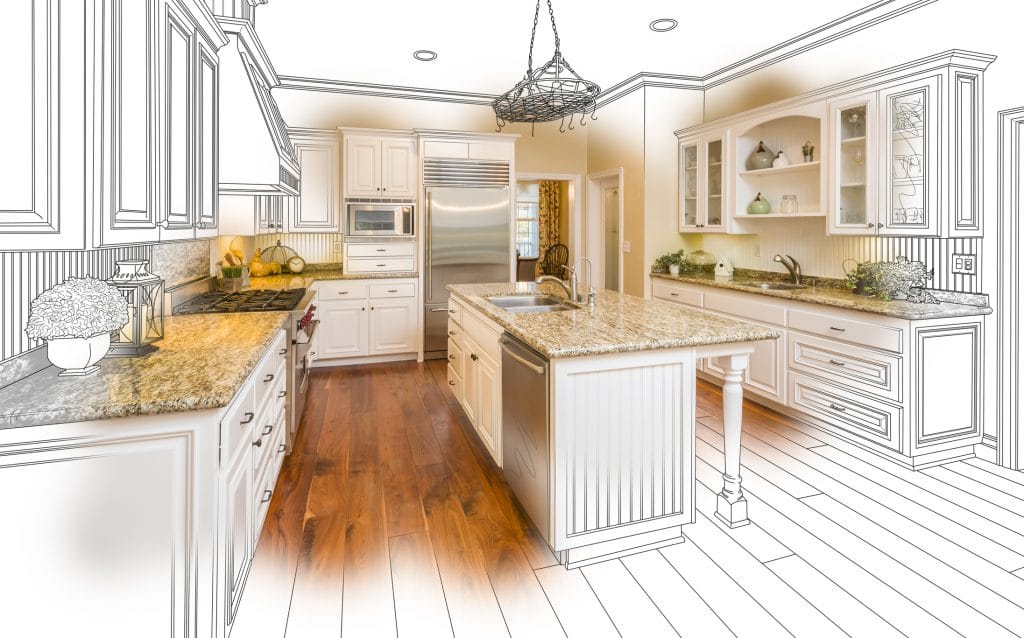

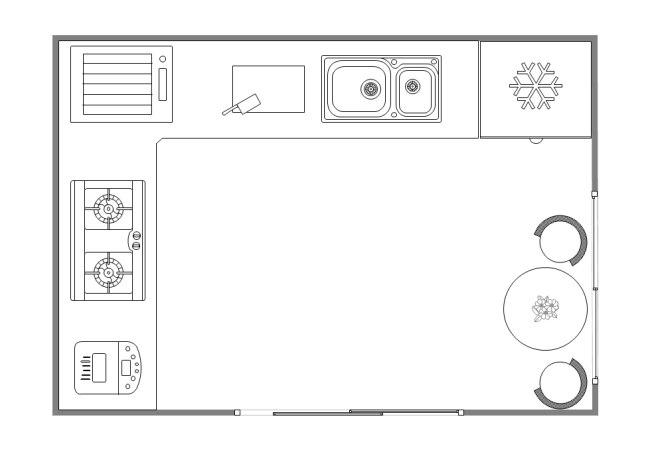




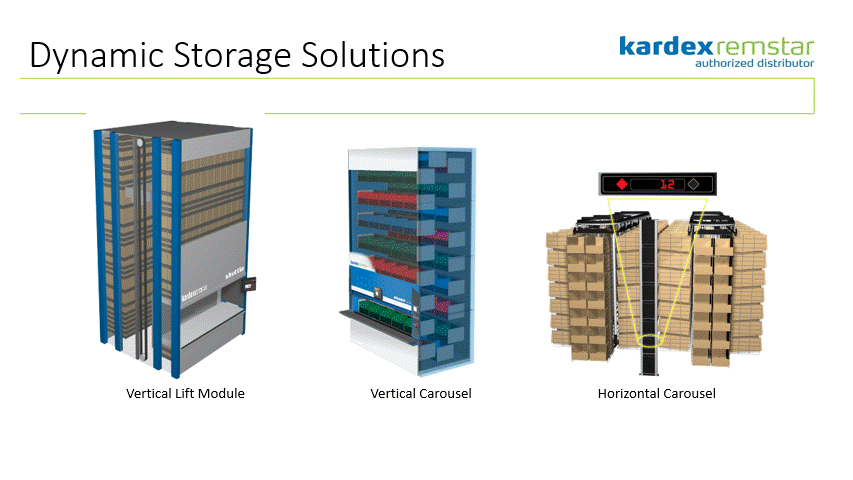



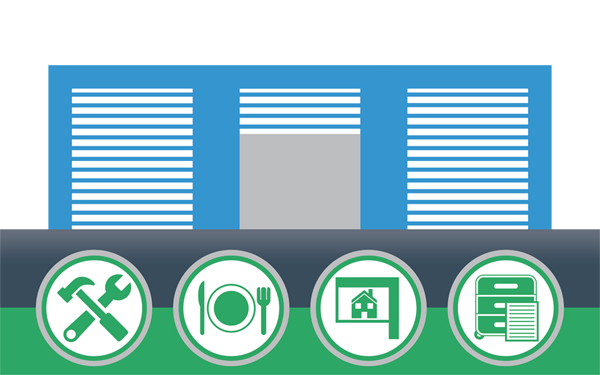






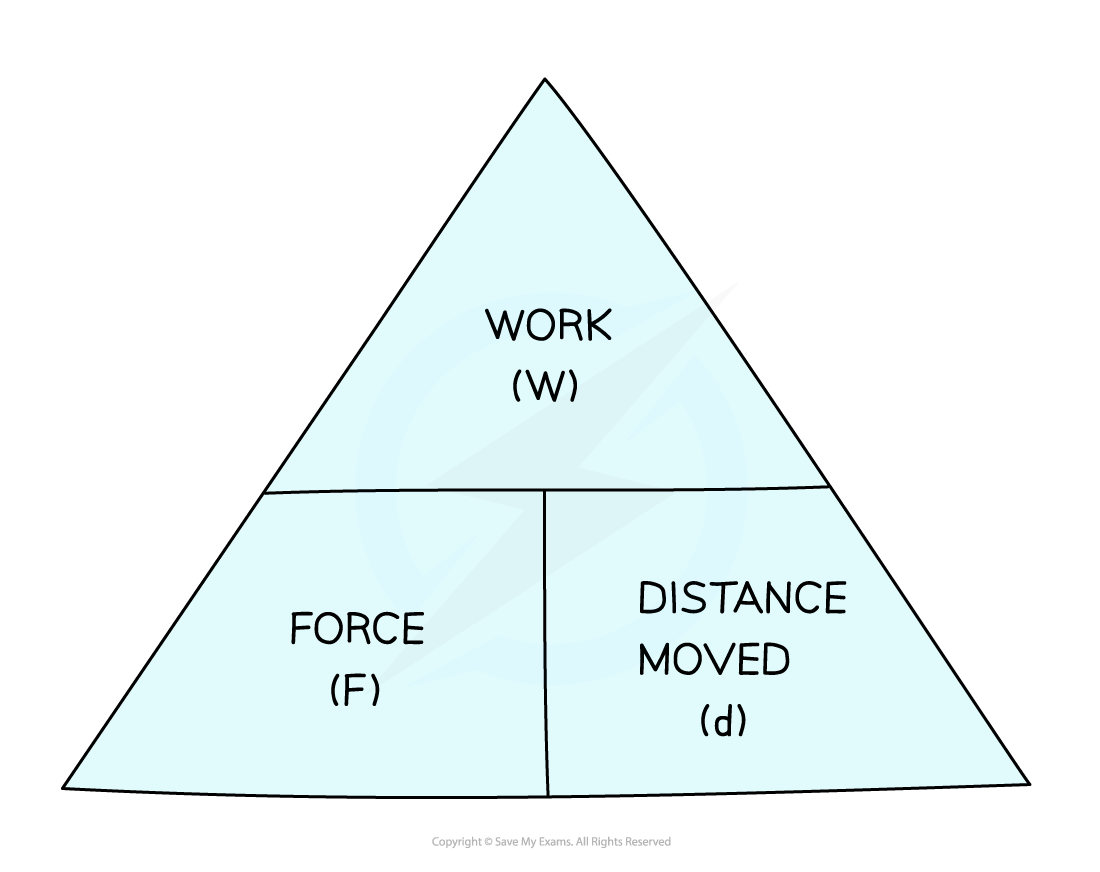
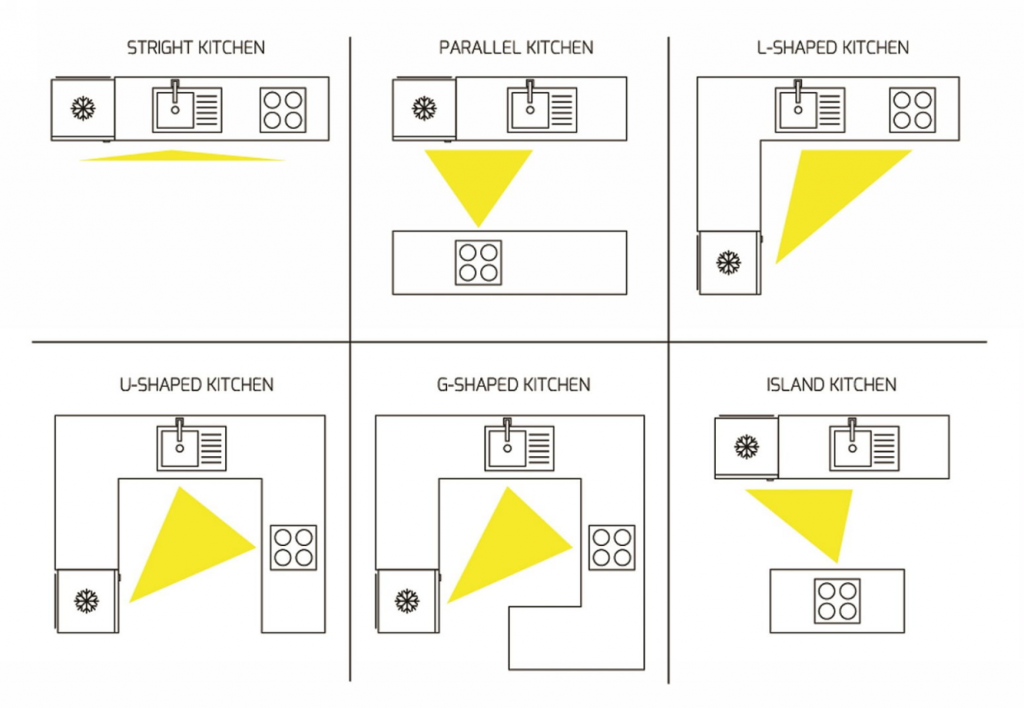




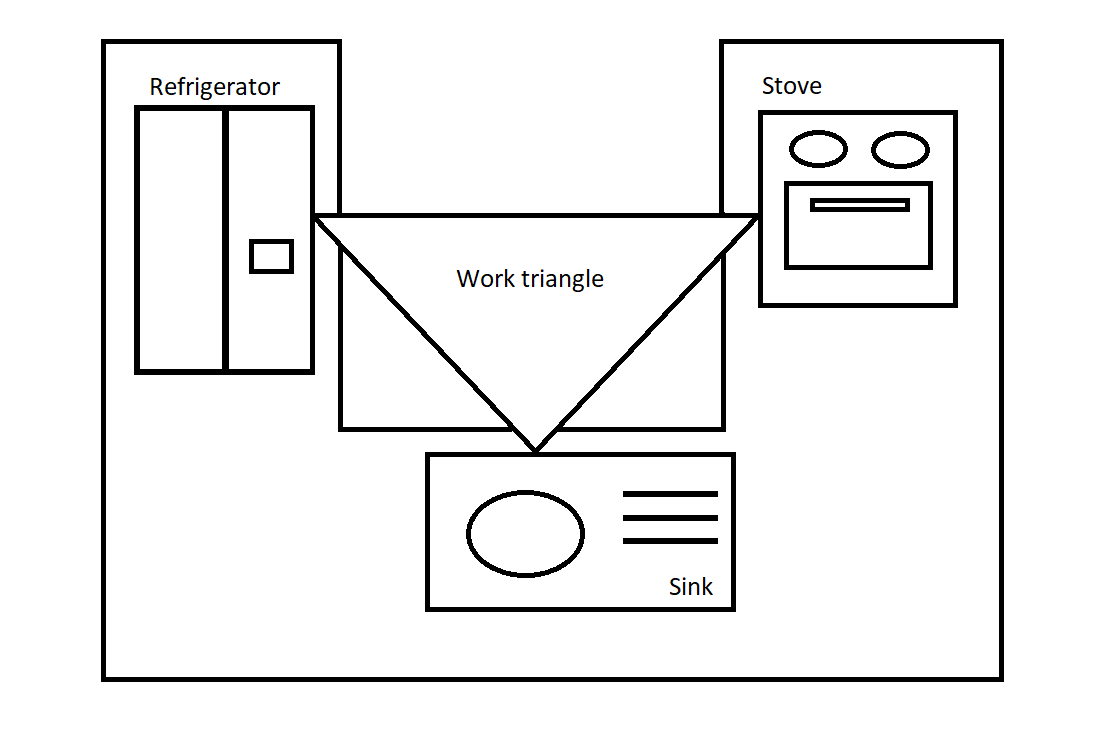









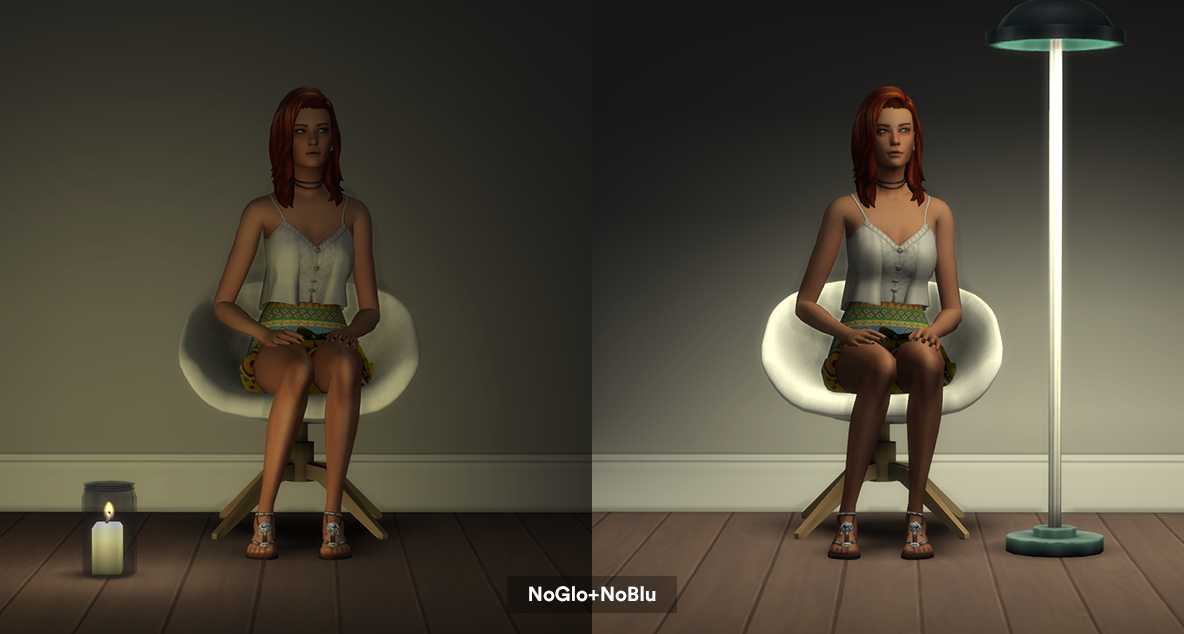
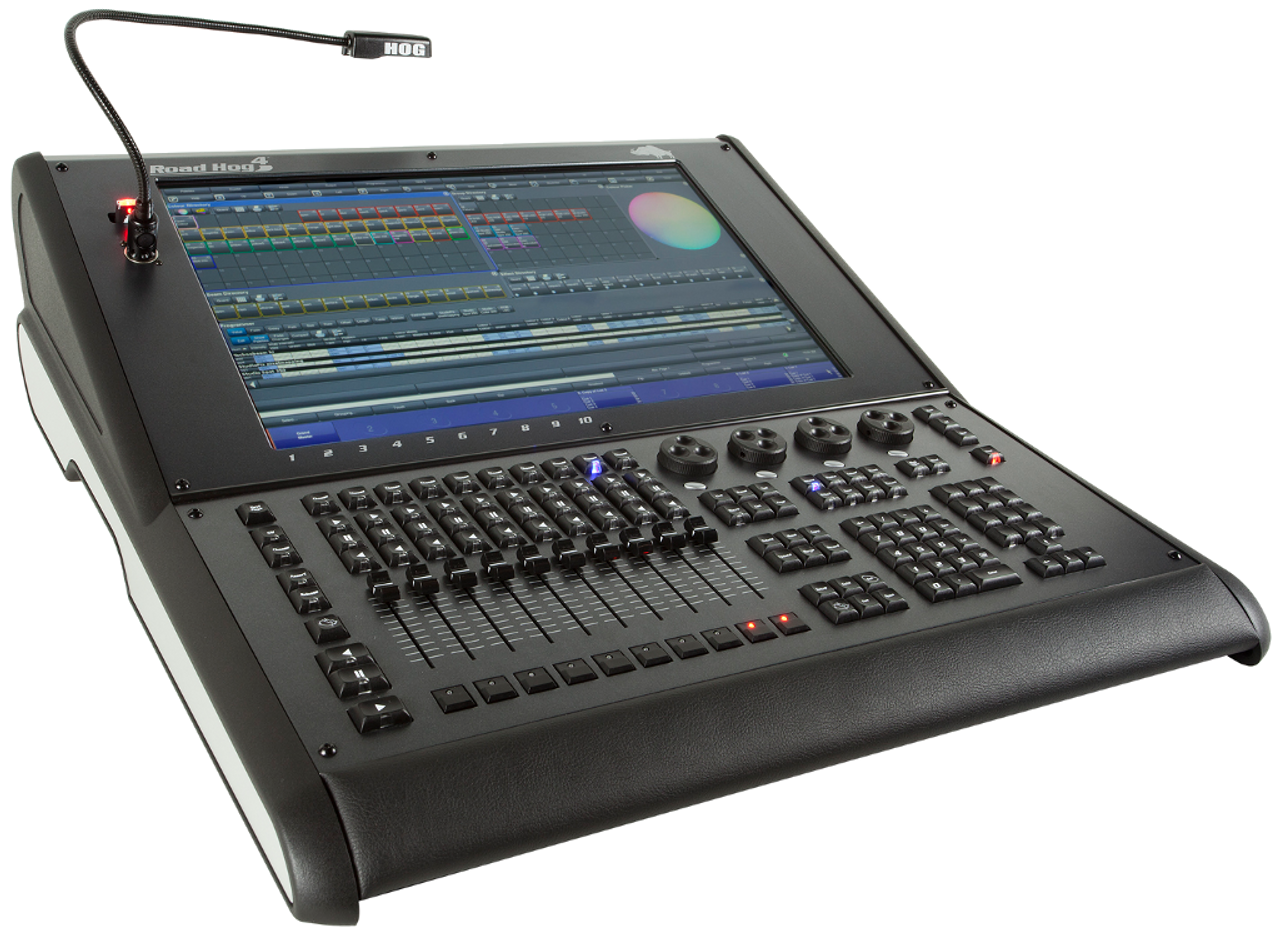




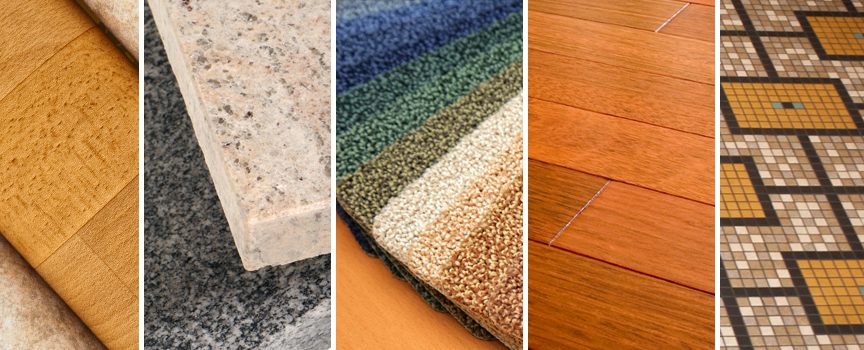
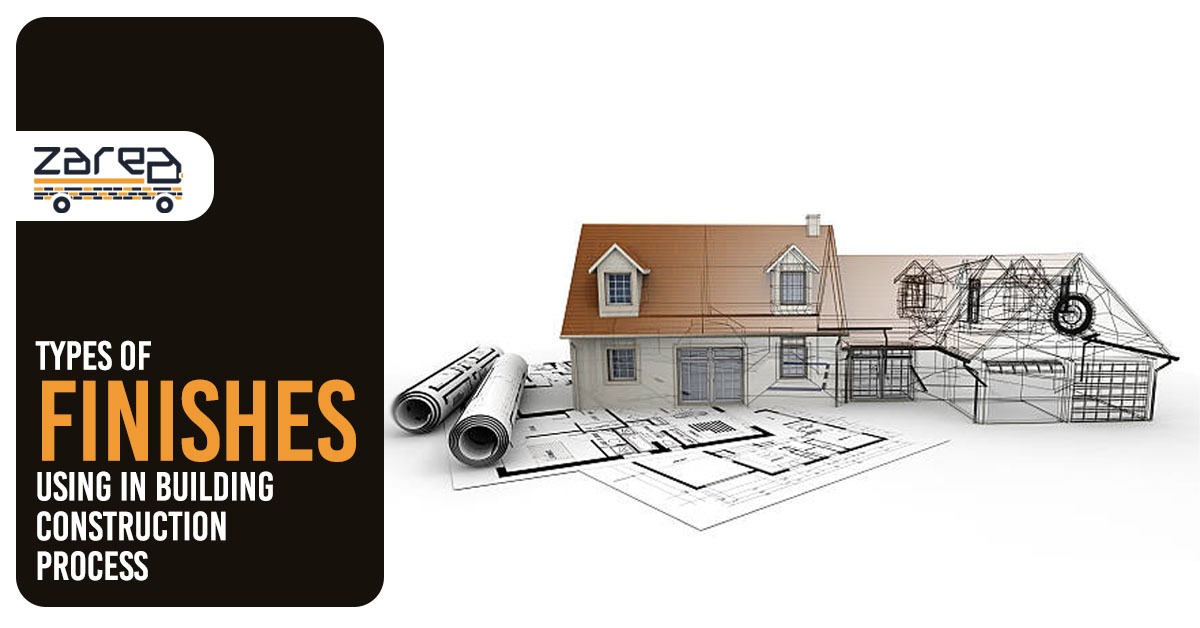



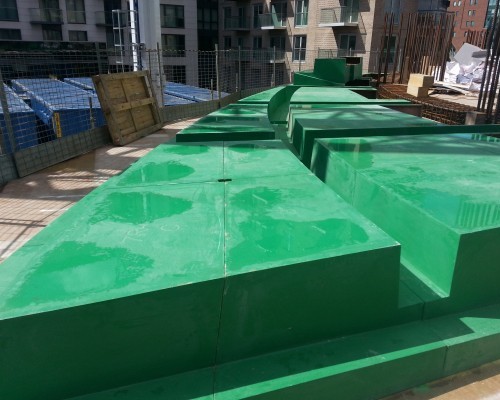






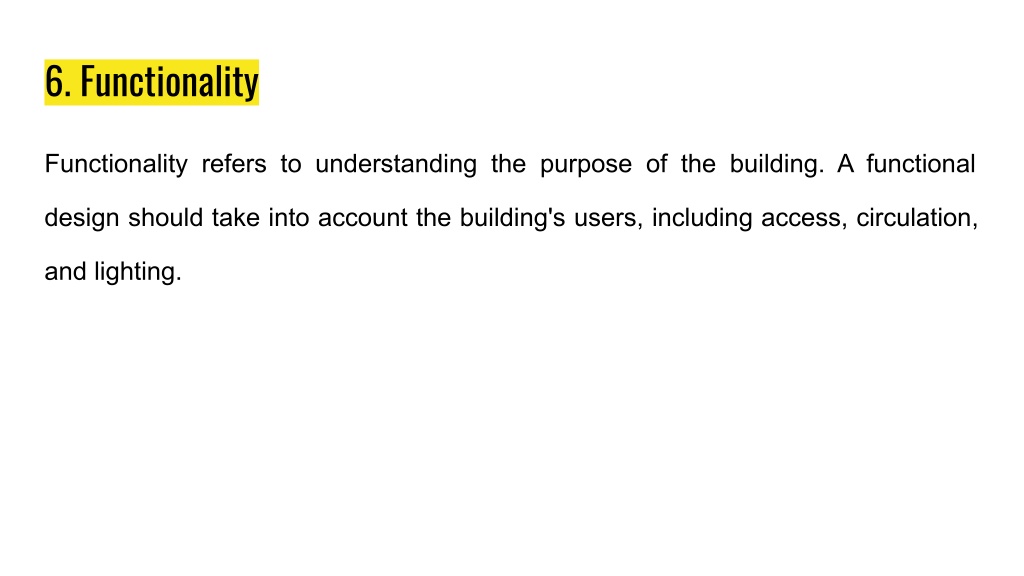

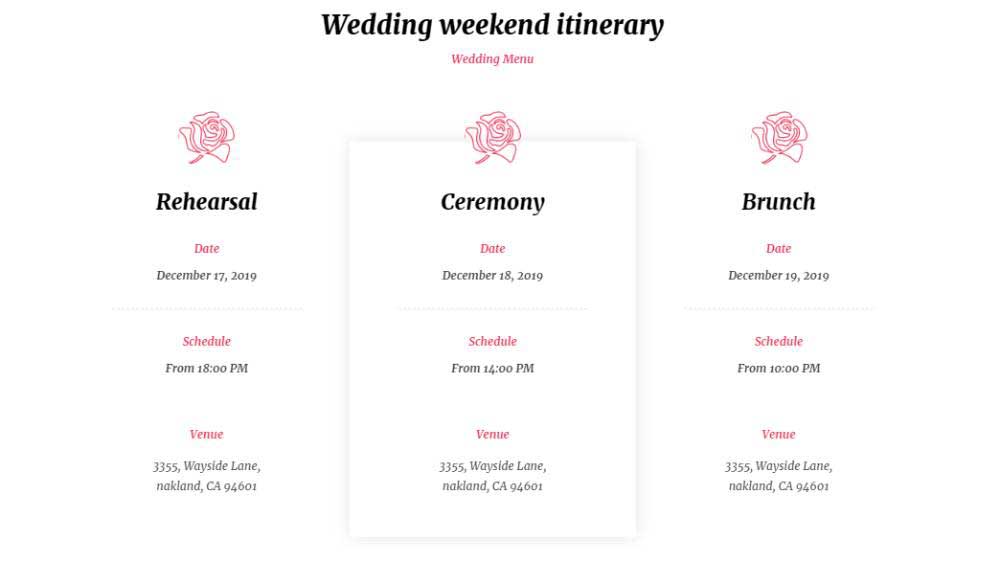





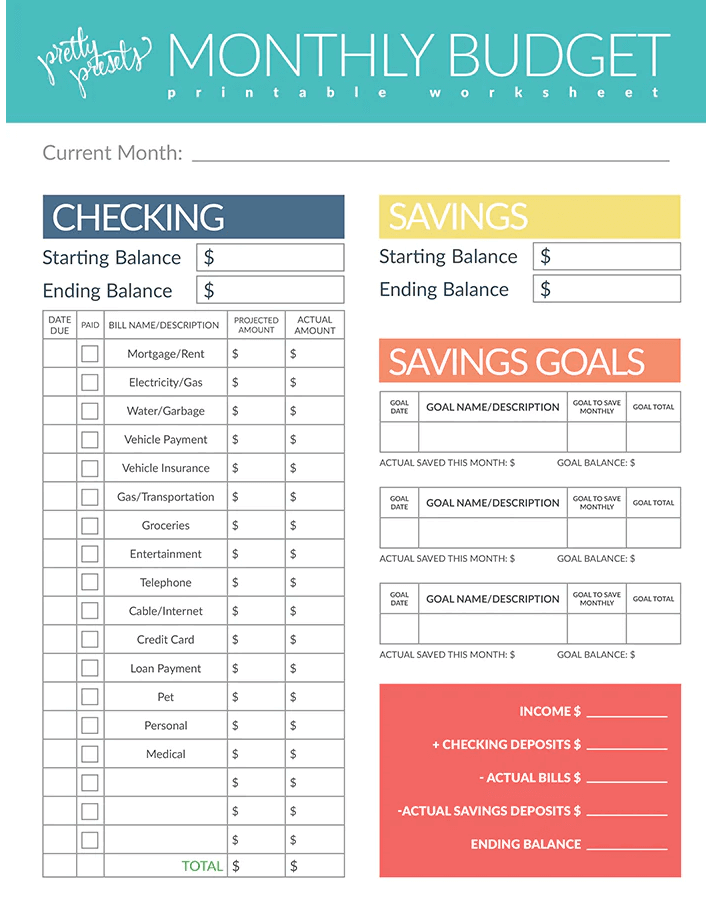



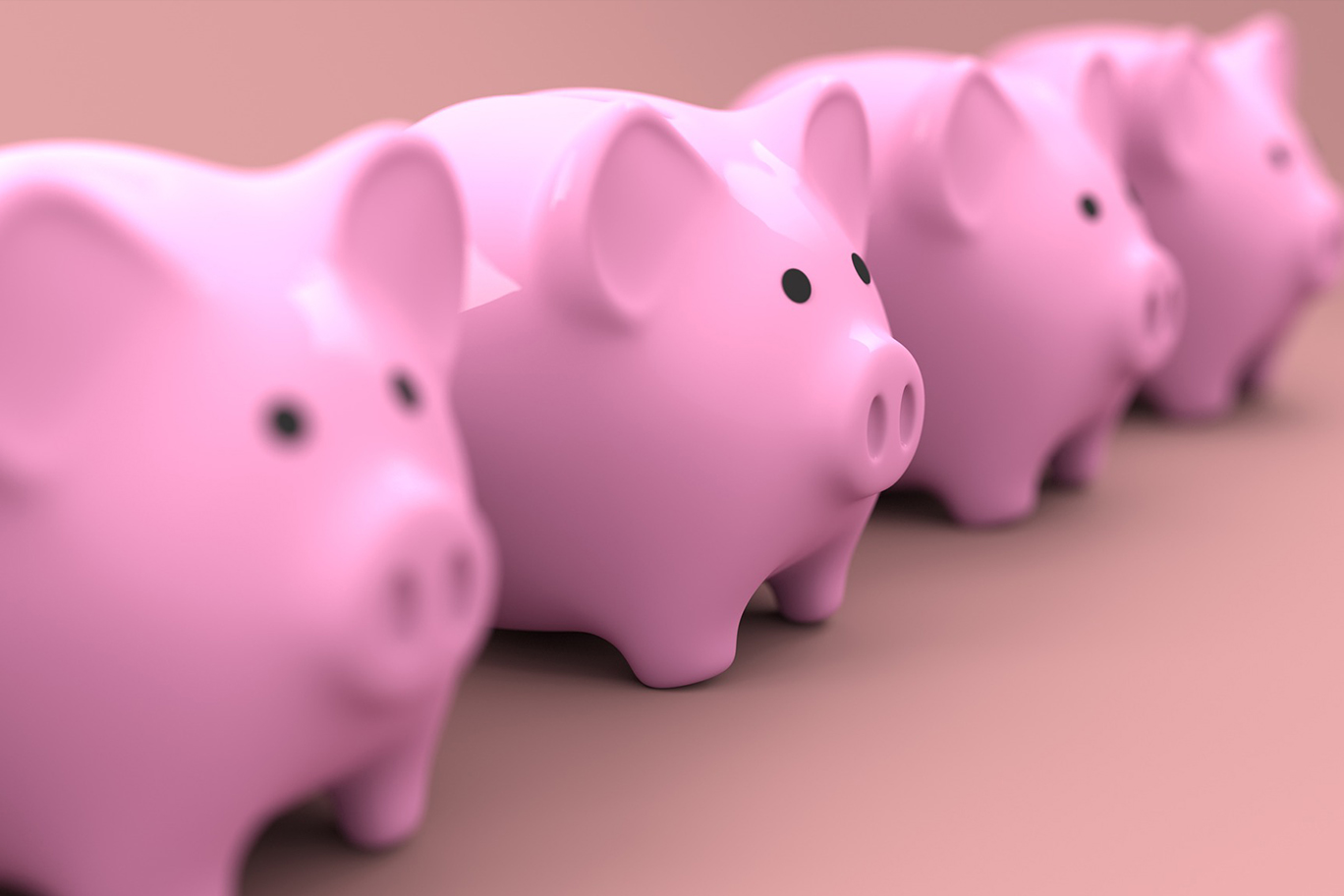
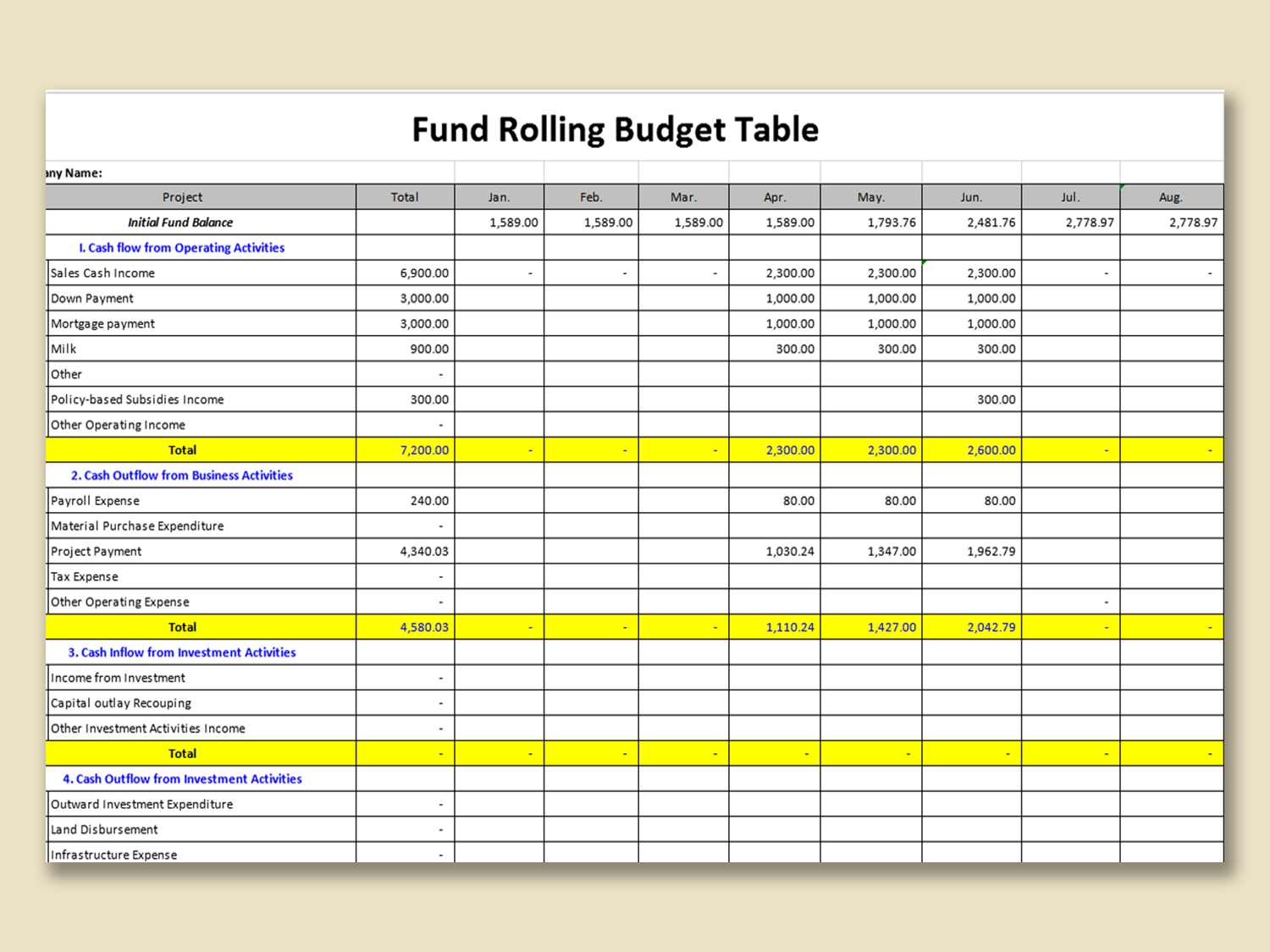

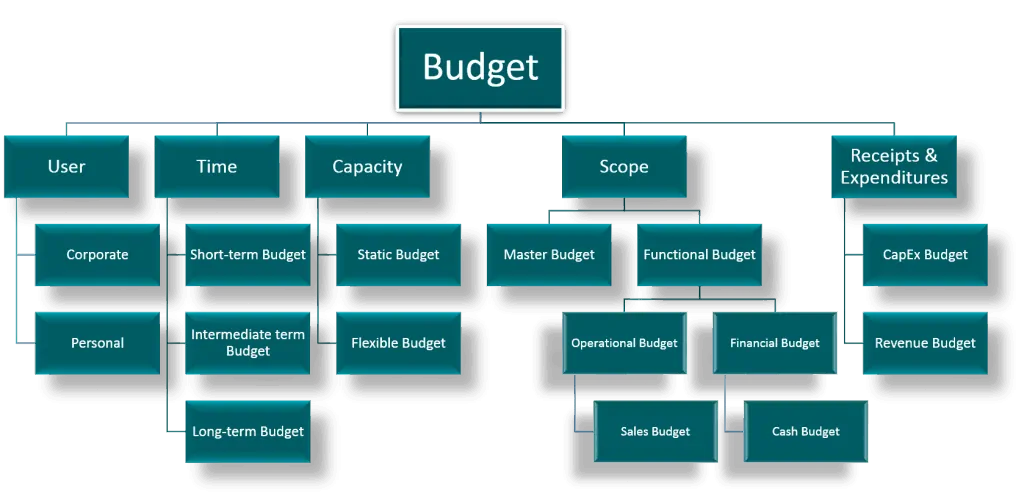











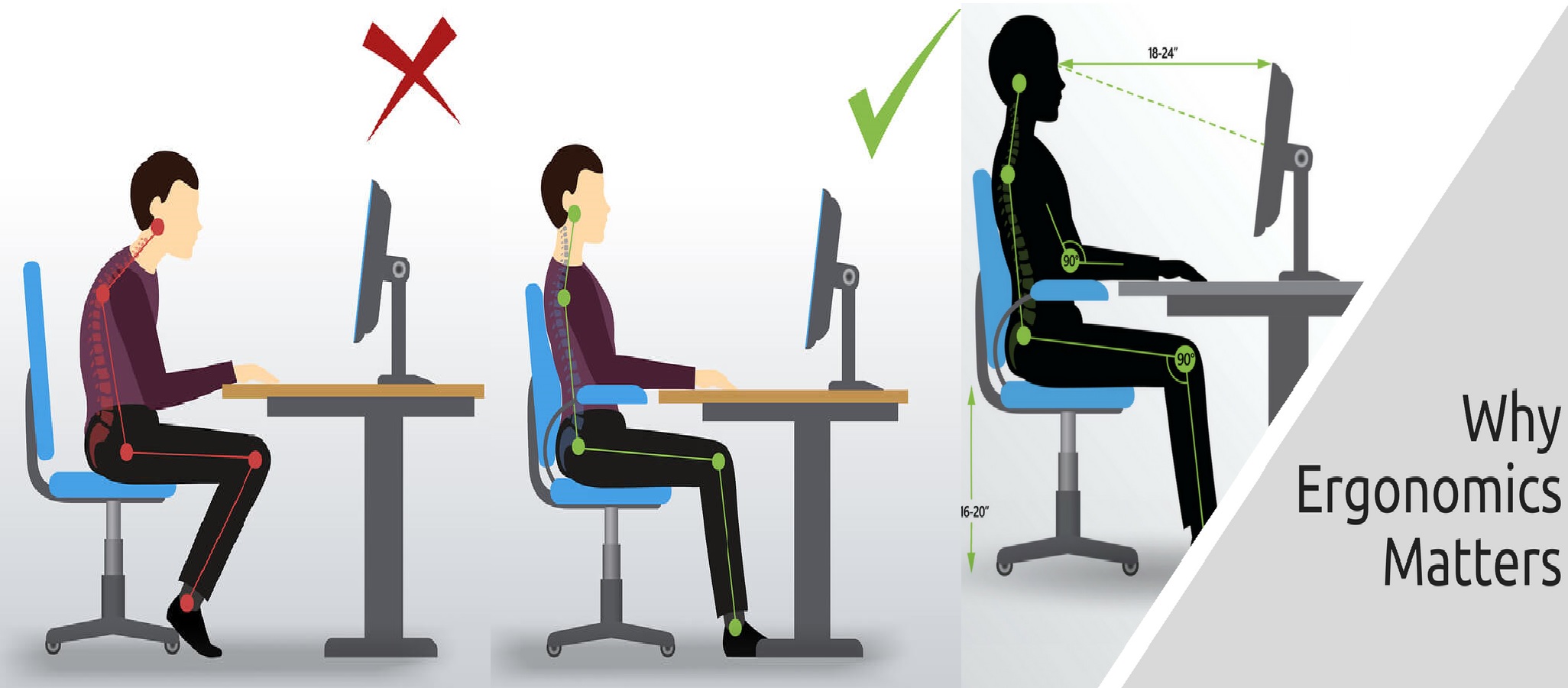


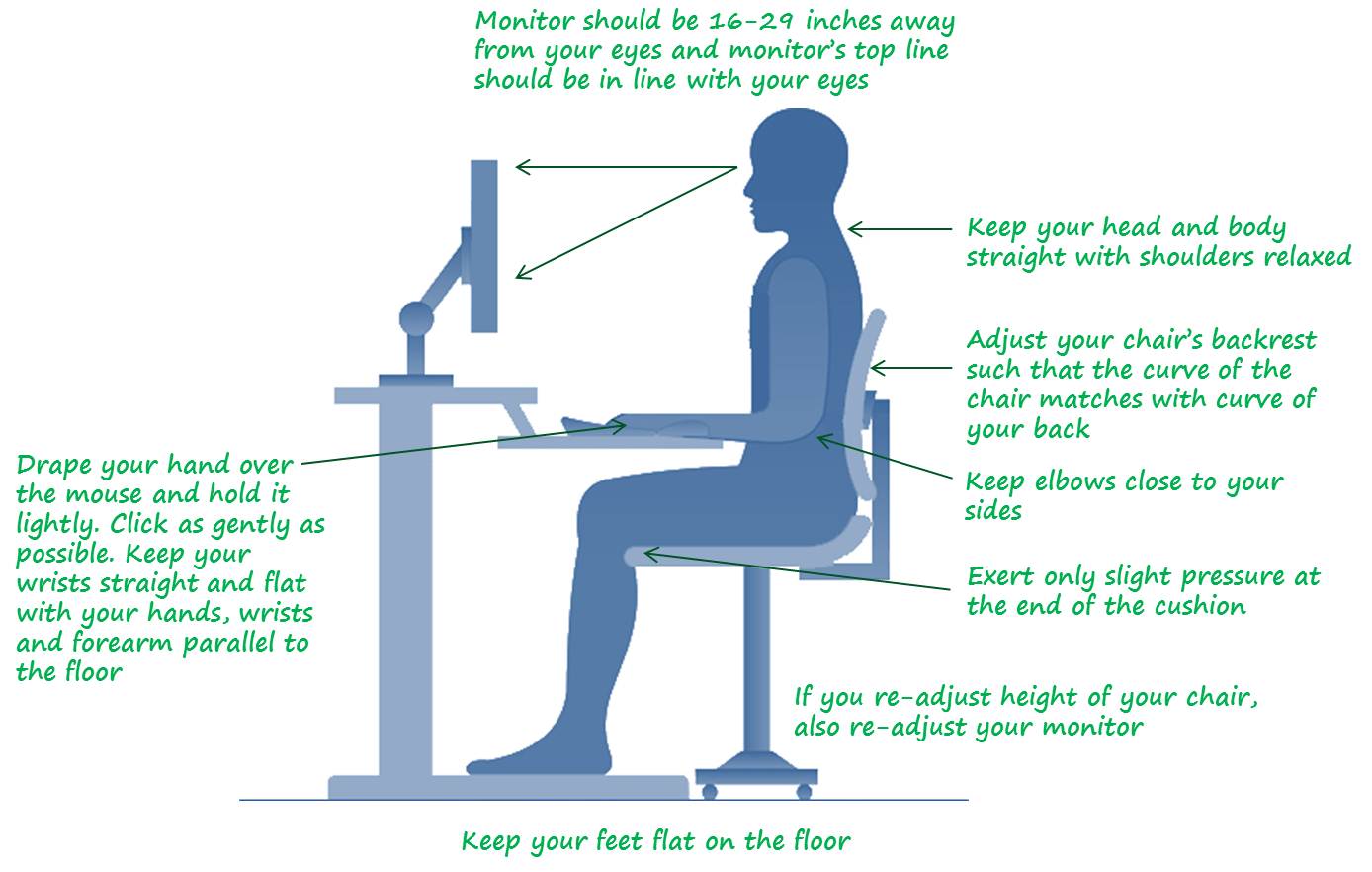










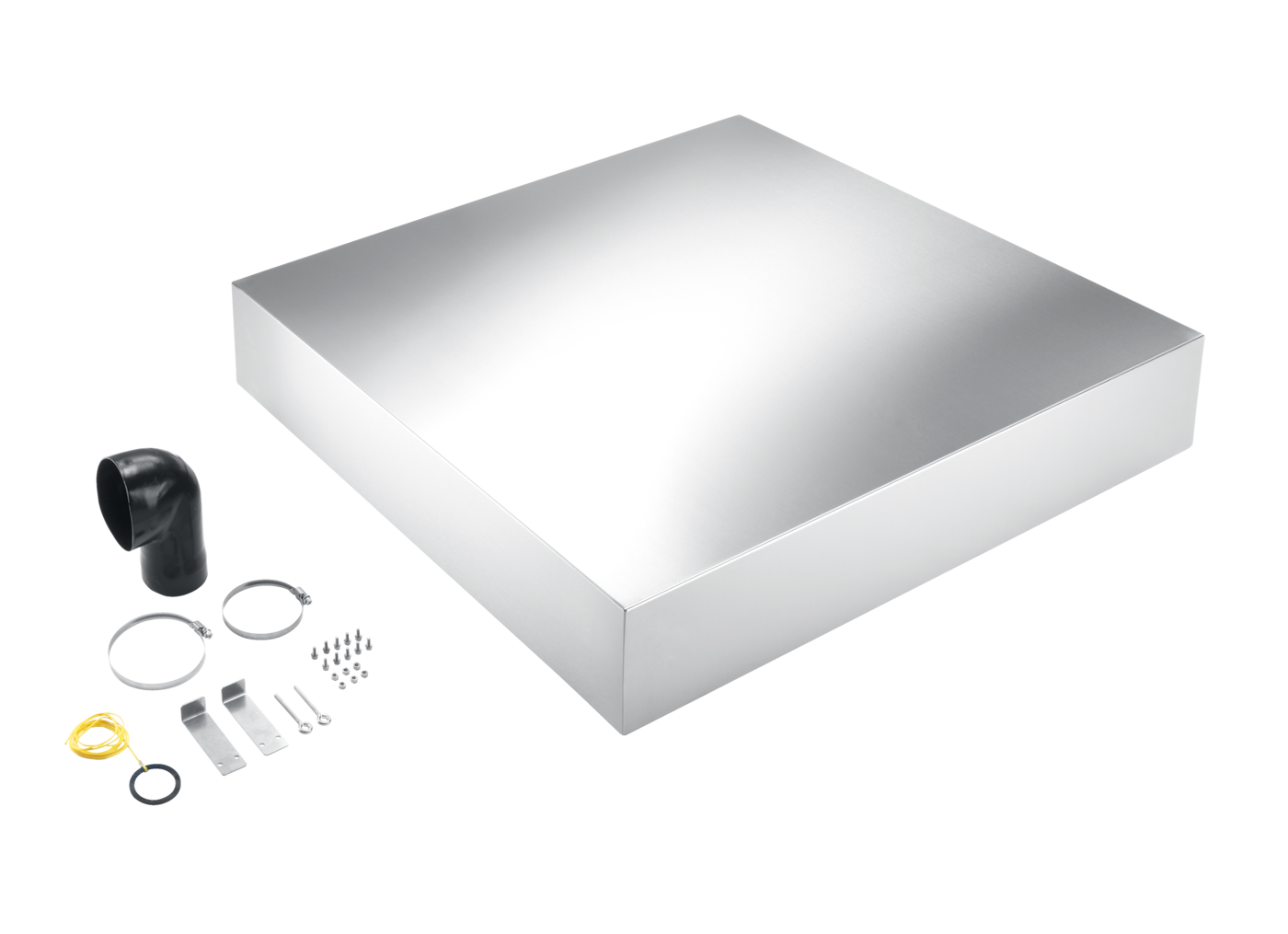



:max_bytes(150000):strip_icc()/071521_personal_style_lead2-30025333eef4485c901ff5f2782a6563.jpg)








:max_bytes(150000):strip_icc()/living-dining-room-combo-4796589-hero-97c6c92c3d6f4ec8a6da13c6caa90da3.jpg)



